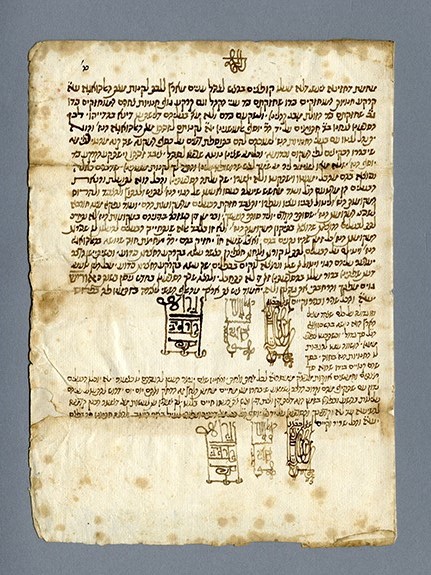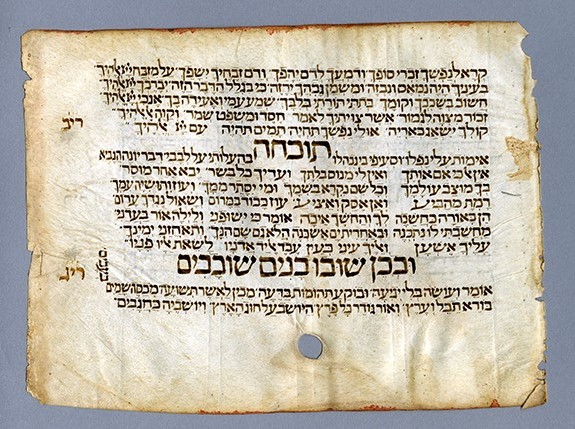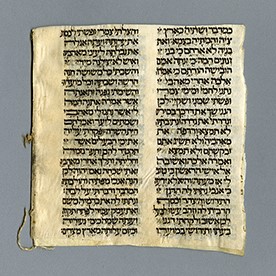Ariel Bension Sephardic Manuscripts
Rediscovered by scholars in the late 1960s, the Ariel Bension collection is among the most significant collections of Sephardic writings worldwide. This collection is comprised of works in the Sephardic Jewish tradition, primarily but not exclusively practiced by the descendants of those expelled from Spain under the Alhambra Decree of 1492. It is composed of works in Hebrew and Ladino (Judaeo-Spanish) dated from the twelfth to the nineteenth century, and showcases three major variants of Sephardic script. The most common of these is known as Solitreo (or Sephardic Cursive), used for everyday correspondence, notes, and other such day-to-day writings. Sephardic Square script is reserved for very formal ritual works, such as Torah scrolls, Biblical texts, and prayer books. Mashait script serves as an intermediary between the very informal Cursive and the very formal Sephardic Square scripts, and is used for philosophic and juridical works, and writings pertaining to Halakhic law. The collection was originally compiled by, and named for, Dr Ariel Bension (pronounced Ben-zai-on), a noted early twentieth-century scholar of Semitic languages. Following his sudden death in 1932, the collection came to Canada with his widow, and would change hands several times before it was acquired by University of Alberta Library in 1973.
Access: A descriptive catalogue by Edmonton area Orthodox Rabbi Saul I. Aranov (U of Alberta Press, 1979) serves as the finding aid for the collection and is available online or in print at Bruce Peel Special Collections (Z 6605 H4 B48 1979).
Online: The collection has been digitized and is available on the Internet Archive.
Collection Formats: 17th Century, 18th Century, 19th Century, Books, Correspondence, Ephemera, Manuscripts -- click to see other collections with this format






